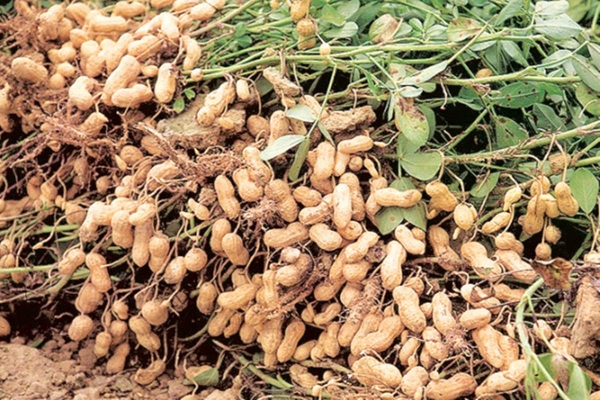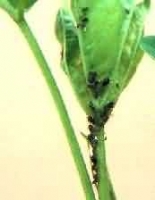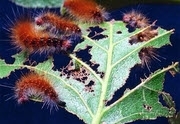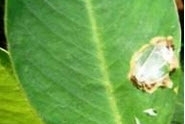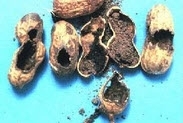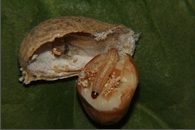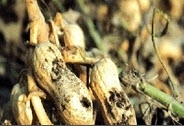J.L – 501: Ready to harvest in 105-110days. Gives average yield of 8-10qtl/acre.
S.B 11: Suitable for kharif as well as rabi season. Ready to harvest in 105-120days. Gives average yield of 4.8-6qtl/acre.
JL 24: It is bunch type, early maturing variety. Ready to harvest in 90 days. It can sustain in water scarcity areas. It is resistant to crown rot disease. Gives average yield of 4-6 quintal /acre.
TAG 24: Suitable for kharif as well as rabi season. Gives average yield of 8-12qtl/acre.
JL 220: Suitable for kharif season. Ready to harvest in 90-95days. Gives average yield of 8-10qtl/acre.
JL 286: Suitable for kharif as well as rabi season. Ready to harvest in 90-95days. Gives average yield of 8-10qtl/acre.
TPG 41: Suitable for rabi as well as summer season. Ready to harvest in 125-130days. Gives average yield of 10-12qtl/acre.
TG 26: Suitable for rabi as well as summer season. Ready to harvest in 95-115days. Gives average yield of 10-12qtl/acre.
Phule Unnati: Suitable for rabi as well as summer season. Ready to harvest in 110-125days. Gives average yield of 8-14qtl/acre.
JL 776: Suitable for kharif season. Ready to harvest in 115-120days. Gives average yield of 8-10qtl/acre.
Other States varieties:
RS 1: Spreading type variety, with medium size grains. Ready to harvest in 135-140 days. It gives an average yield of 6-8 quintal /acre.
RSB 103-87: Semi spreading variety gives average yield of 7-8 quintal /acre.
RG 510 (Raj Mungphali): Spreading type of variety, ready to harvest in 125-130 days. Suitable for sowing in irrigated. Groundnuts are of medium size and pink color. It gives average yield of 10-12quintal /acre.
RG 425 (Raj Durga): It is a semi spreading type of variety. Suitable for sowing in 125-130 days. Ready to harvest in 125-130 days. Groundnuts are of pink or white color. Gives average yield of 6-8 quintal /acre under unirrigated conditions and 12-14.4 quintal /acre under irrigated conditions. It is resistant to collar rot disease.

